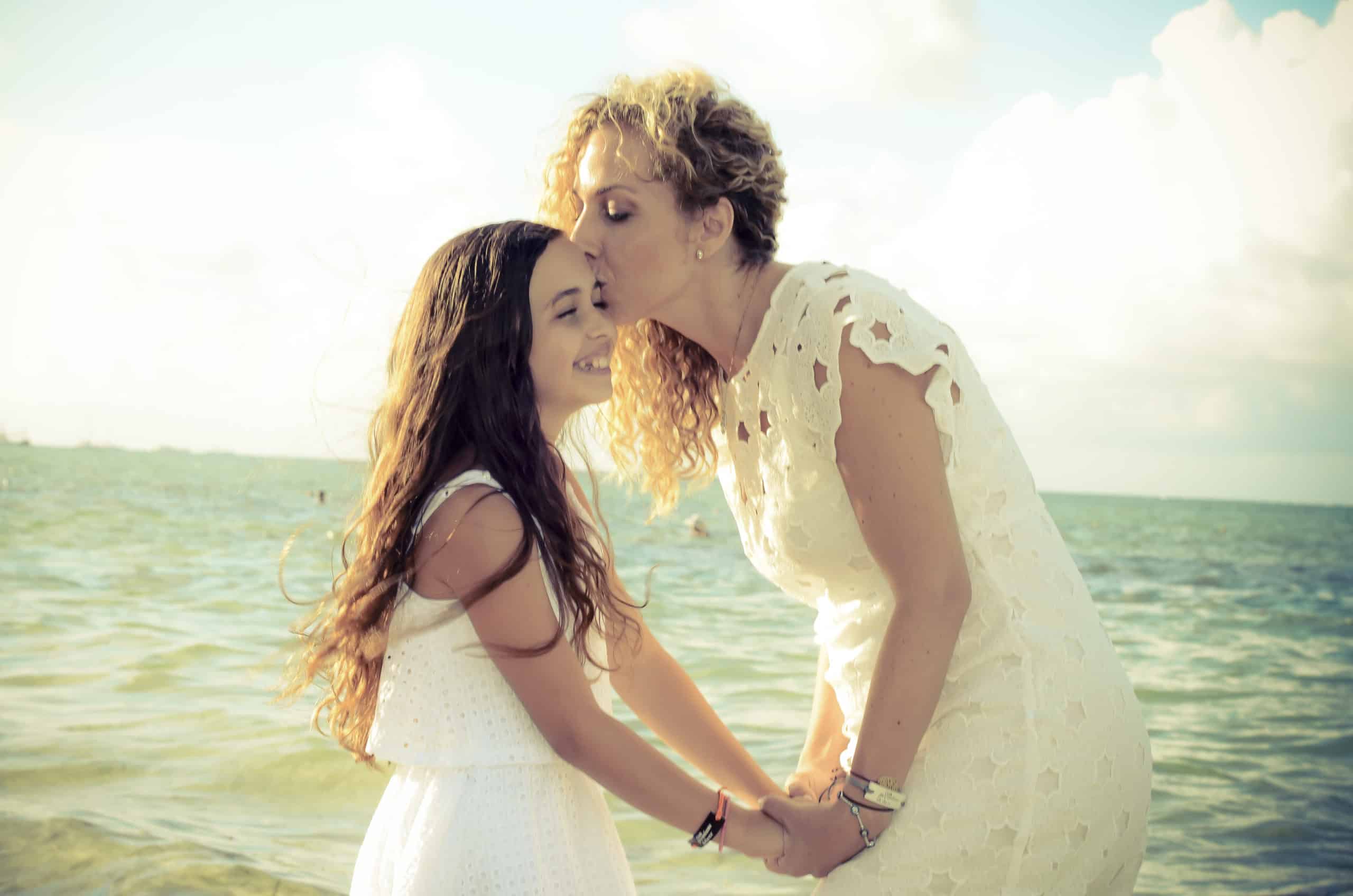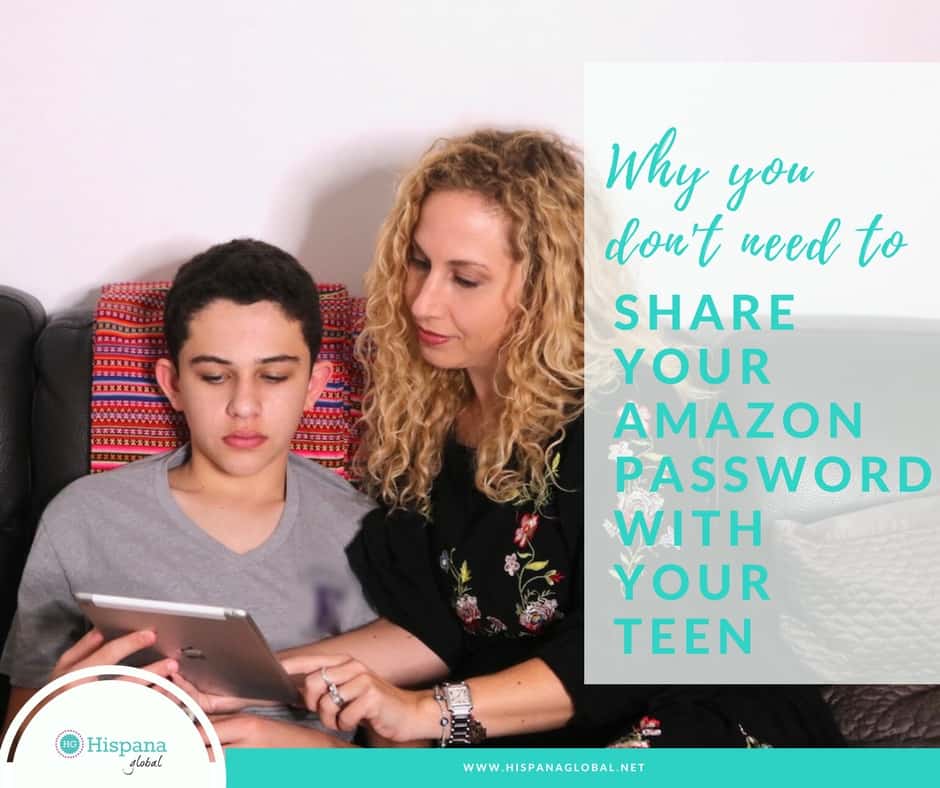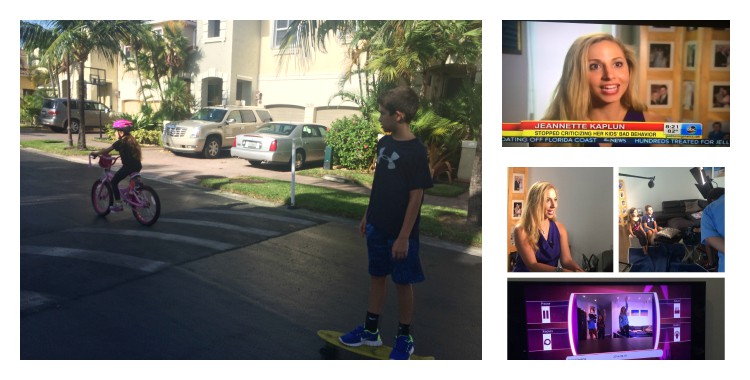Why I Am Teaching My Children to Meditate
I think we can all agree that any parent worthy of the title wants to educate their child, right? We want to arm our children with knowledge so they can thrive. We want them to learn how to read, write, think, and constantly grow. However, I think many of us neglect to teach our children how to learn and grow by focusing inward through meditation.
Before I go on, let me stop for a second and loosely define what I mean by meditation. I am speaking of meditation as the practice of focusing inward, specifically on your breath to calm yourself and be fully present in the moment. For me meditating isn’t “thinking about nothing.” It’s more like you focus on your breath and then your mind will wander; when you catch your mind wandering, you notice the thought without reacting to it and then you gently let it go and go back to focusing on your breath. It helps you realize that you are not your thoughts and that you don’t have to have knee-jerk reactions to whatever it is you are thinking or feeling.
Meditation or even the concept of it wasn’t something that was introduced to me at home. When I was growing up, if I was anxious, stressed or nerviosa as my mom would call it, she would make me some té de manzanilla to help. Now, I’m not knocking down chamomile tea or its soothing properties (I still drink it to help me relax to this day) but it is something outside of me, not something I carry with me everywhere.
Knowing how to meditate is liberating because it’s something that you can do anywhere at any time, and requires nothing outside of yourself. You can call on your meditation skills whenever you are afraid, stressed, angry or in a situation that you cannot control. All you have to do is focus on your breath, and your breath is always with you.
How I learned to meditate
I learned how to meditate through acting classes when I was a teenager. I was taught to stop, sit or lay in a comfortable position with a straight back and focus on my breath. The act of focusing on my breath without forcing it to do one thing or another would lead to it regulating itself. Once I had become “one” with my breath so to speak, I was taught to continue by scanning my body from tip to tip, noticing tension and releasing it by sending my breath to that area of my body and releasing the tension with each exhale. Then, when I was ready, I was to slowly bring my attention back to my surroundings and continue on with my day.
Since then I have loved the calming and freeing effects that meditation offers, not just when you are actively meditating, but throughout your day or night.
Fast forward to the present. I am now a mother… a mother who suffers from anxiety disorder. My anxiety issues are awful. They lead to panic attacks and interfere with my ability to rest, relax and truly enjoy life to the fullest. I wouldn’t wish my mental health issues on anyone; especially not my children. In fact, if there was a way to guarantee that my children would never have to deal with severe anxiety issues, you better believe that I would do whatever it takes to keep them from going through what I go through, but there isn’t.
What I can do is teach them how to meditate regularly. Meditating regularly, even when they are not anxious or stressed, feels good, helps them relax and helps alleviate anxiety before it even starts. If it becomes second nature for them, then whenever they find themselves in a difficult situation that is messing with their calm, they can focus on their breath and get through whatever it is that is happening, one breath at time.
In case you need more tangible reasons to encourage your children to meditate, you should know that studies have shown that meditation not only helps children relieve stress, sleep better, and improve their behavior, it also helps them do better on tests that require “memory, attention and focus.”
Apps to help kids meditate
I am by no means a master meditator, but you don’t have to be to teach your children to meditate. Here are some apps that you can use to make meditation a part of your family’s life and keep in mind that once you get the hang of how to do it, you can meditate or even lead your children through a meditation without any outside help:
- Calm app: downloading the app to your iPhone or Android device is free, but you do have to pay for a subscription. The app has guided meditations for both adults and children. My children particularly like to listen the meditative stories at bedtime.
- Sleep Meditations for Kids app: this app is specifically designed for children by Christaine Kerr, a yoga and Montessori teacher. It offers calming children’s bedtime stories. It will require in-app purchases.
- Mindfulness for Children app: There is a freemium and premium edition of this app. The free version offers a variety of guided meditations of different lengths. If you like it, you can always choose to upgrade.
I want to teach my children how to meditate because I wish somebody would have taught me how to do it when I was a child, however I understand that meditation isn’t something I can force on them. It has to be something that they want to do and enjoy doing. So far they are into it. Also, my children are still under 10 years old, so meditating for them is not about closing their eyes or keeping still for long periods of time. At their age they do best with bedtime story meditations. During the day, if they need help calming down, I help them focus on their breath and we breath together until they feel better.
Have you tried meditating with your children?







